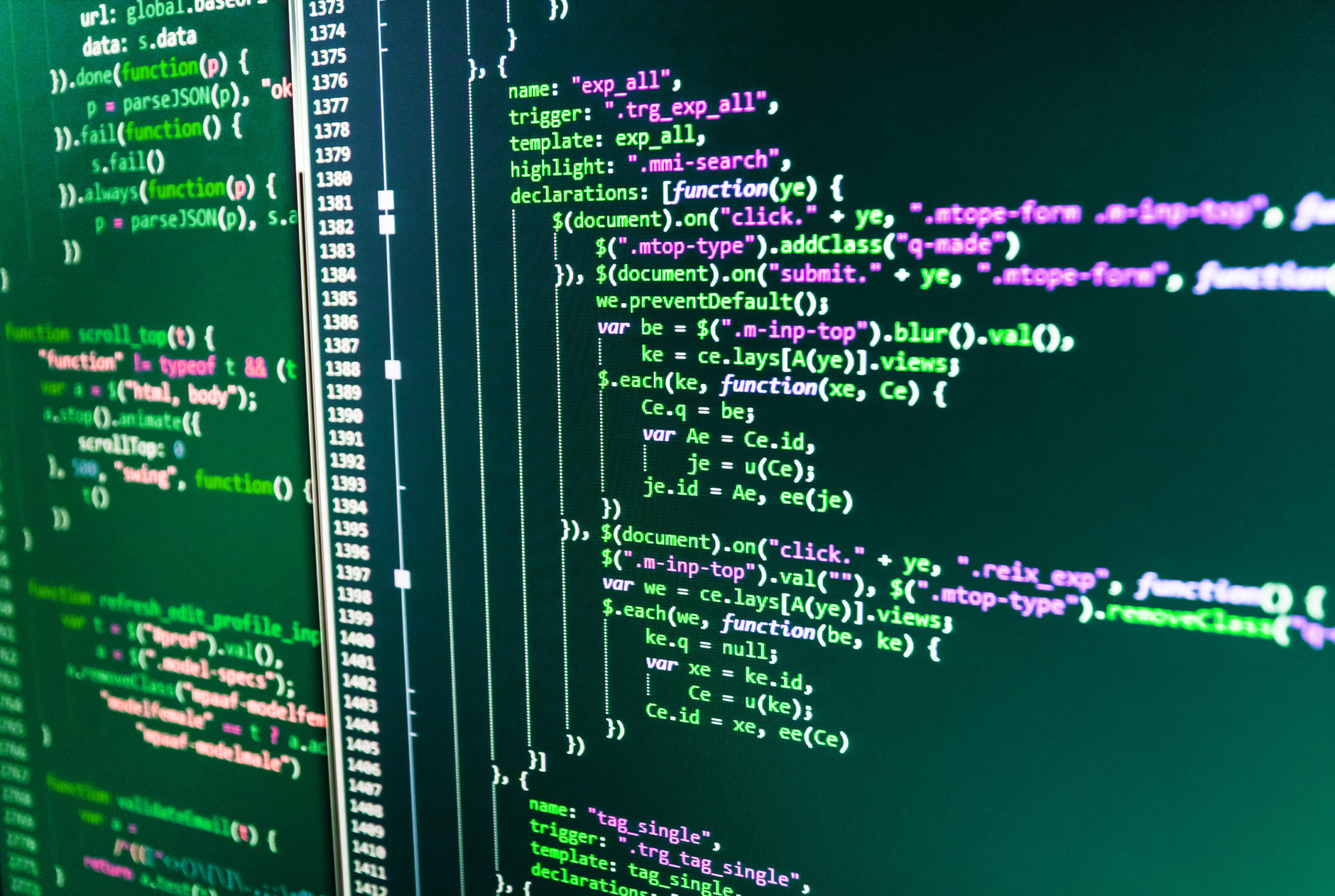Introduction:
Learning programming can seem daunting at first, but with the right approach, anyone can become proficient in coding. Whether you're aiming to build websites, mobile apps, or dive into data science, mastering programming fundamentals is essential. In this article, we'll explore how to learn programming effectively with examples and images to aid comprehension.
1. Choose the Right Language:
- Begin by selecting a programming language suited to your goals and interests. Python is an excellent choice for beginners due to its readability and versatility.
- Example: Python syntax is straightforward, making it easy for beginners to understand. Below is a simple Python program that prints "Hello, World!":
print("Hello, World!")
2. Understand Basic Concepts:
- Familiarize yourself with fundamental programming concepts such as variables, data types, loops, and conditionals.
- Example: In Python, variables are used to store data. Here's an example of declaring a variable and printing its value:
age = 25
print(age)
Data types are essential in programming. Here are some common data types in Python:
- Integer: Represents whole numbers (e.g., 10, -5).
- Float: Represents decimal numbers (e.g., 3.14, -0.5).
- String: Represents text (e.g., "Hello, World!").
- List: Represents a collection of items (e.g., [1, 2, 3]).
3. Practice Problem-Solving:
- Solve programming challenges on platforms like LeetCode, CodeSignal, or HackerRank to reinforce your understanding of concepts.
- Example: Solve the classic FizzBuzz problem, which involves printing numbers from 1 to 100, replacing multiples of 3 with "Fizz," multiples of 5 with "Buzz," and multiples of both 3 and 5 with "FizzBuzz."
for num in range(1, 101):
if num % 3 == 0 and num % 5 == 0:
print("FizzBuzz")
elif num % 3 == 0:
print("Fizz")
elif num % 5 == 0:
print("Buzz")
else:
print(num)
4. Learn Through Projects:
- Undertake small projects to apply what you've learned. Building projects not only reinforces concepts but also enhances creativity and problem-solving skills.
- Example: Create a simple calculator program in Python that performs basic arithmetic operations (addition, subtraction, multiplication, division).
# Simple Calculator Program
def add(x, y):
return x + y
def subtract(x, y):
return x - y
def multiply(x, y):
return x * y
def divide(x, y):
if y == 0:
return "Error! Division by zero."
else:
return x / y
# Example usage
print("Addition:", add(5, 3))
print("Subtraction:", subtract(5, 3))
print("Multiplication:", multiply(5, 3))
print("Division:", divide(5, 3))
5. Seek Learning Resources:
- Utilize online tutorials, textbooks, and video lectures to deepen your understanding of programming concepts.
- Example: Websites like Codecademy, Coursera, and freeCodeCamp offer comprehensive courses for beginners.
6. Collaborate and Seek Feedback:
- Join coding communities, attend meetups, or participate in online forums to connect with fellow learners and experienced programmers.
- Example: Platforms like GitHub allow you to collaborate on projects, contribute to open-source software, and receive feedback from peers.
7. Debugging and Troubleshooting:
- Learn how to debug your code effectively by identifying and fixing errors. Debugging is a crucial skill that every programmer must master.
- Example: Use print statements, debuggers, and online tools to track down and resolve issues in your code.
Conclusion:
Learning programming is a rewarding journey that requires patience, practice, and perseverance. By following these steps and utilizing examples and images to aid your understanding, you can embark on your programming journey with confidence. Remember to stay curious, keep experimenting, and never shy away from seeking help when needed. Happy coding!



